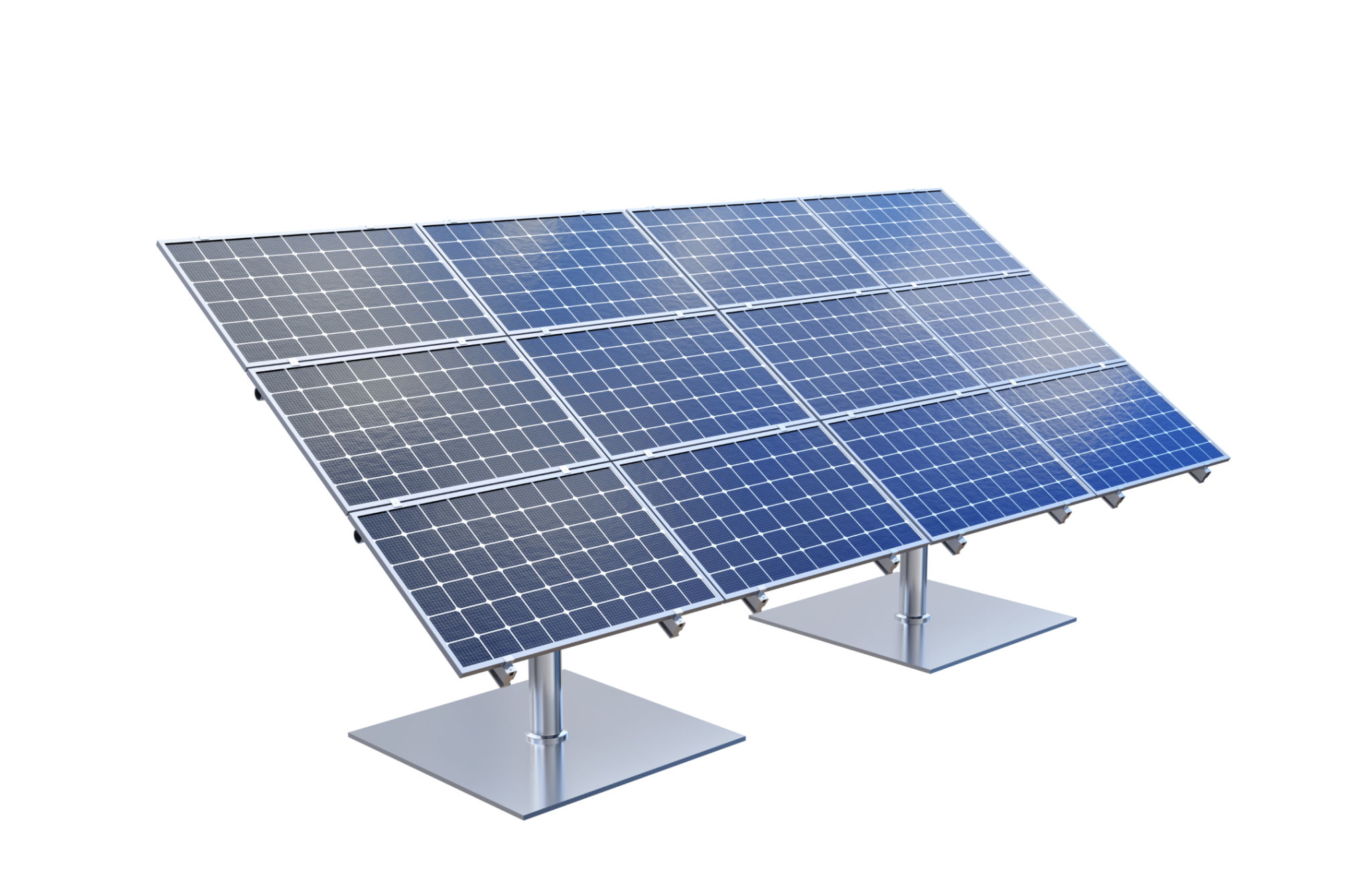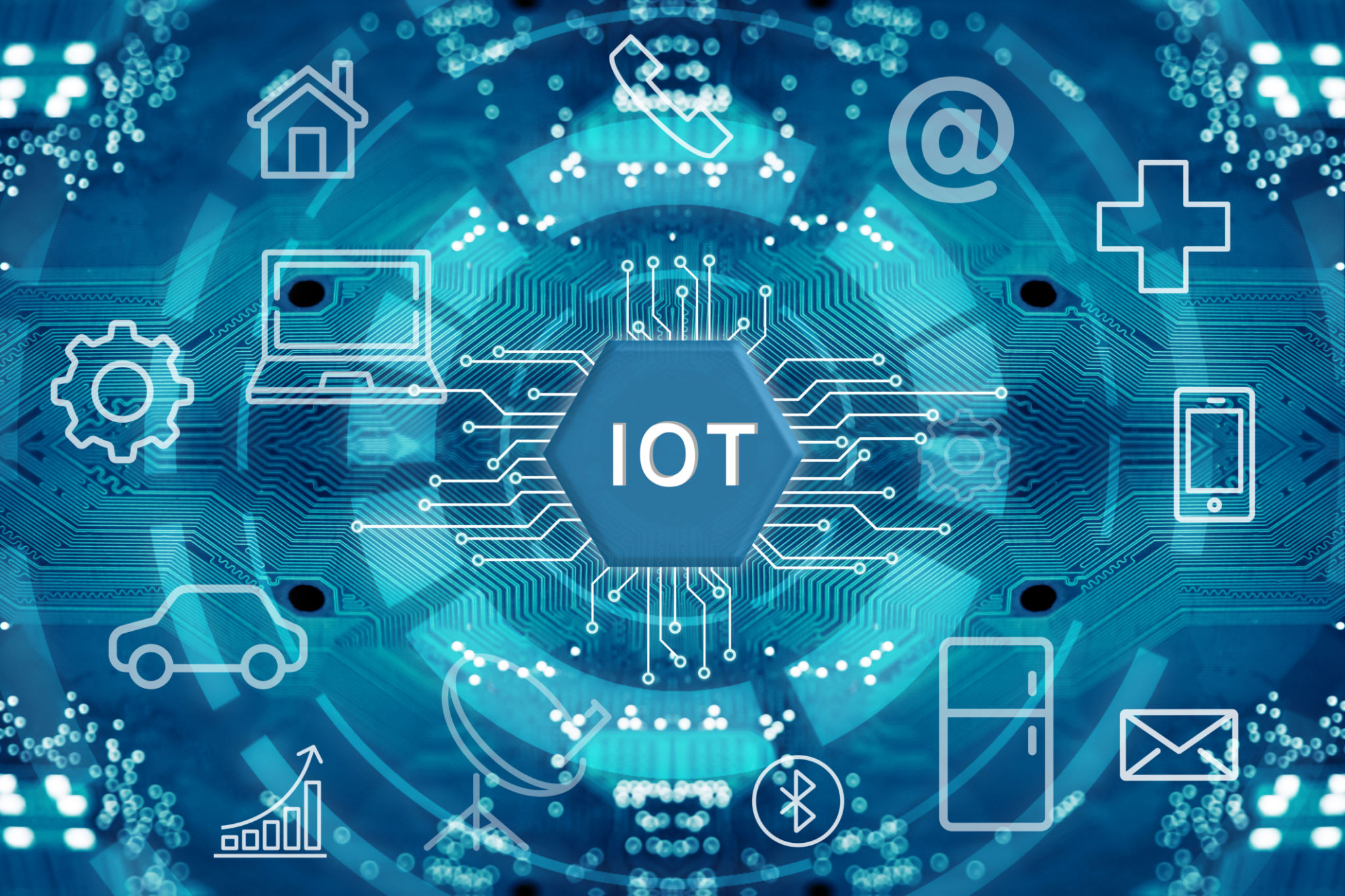Top Trends in Property Sustainability and Facility Management
Introduction to Sustainability in Property Management
As environmental consciousness grows, sustainability in property management and facility management is becoming a focal point. Property managers and facility managers are adopting new strategies to reduce carbon footprints and promote eco-friendly practices. These efforts not only help the environment but also enhance the value of real estate assets by appealing to increasingly eco-conscious tenants and investors.

Energy Efficiency Initiatives
One of the most significant trends is the implementation of energy-efficient technologies. Smart lighting systems, energy-efficient HVAC systems, and solar panels are being integrated into buildings to reduce energy consumption. These technologies not only lower operational costs but also contribute to a building's green credentials. Property managers are increasingly investing in these solutions to create sustainable and cost-effective environments.
Moreover, advanced energy management systems are being used to monitor and optimize energy usage. These systems provide real-time data, allowing managers to make informed decisions about energy consumption and implement changes promptly.
Solar Energy Adoption
Solar panels have become a popular choice for properties looking to minimize their reliance on traditional energy sources. The cost of solar technology has decreased significantly, making it a viable option for many facilities. By harnessing the power of the sun, buildings can drastically cut down on electricity costs and reduce their environmental impact.

Water Conservation Strategies
Water conservation is another critical aspect of sustainable property management. Facilities are adopting rainwater harvesting systems and installing low-flow fixtures to minimize water waste. These practices not only conserve a precious resource but also lead to significant cost savings over time.
Additionally, implementing smart irrigation systems that adjust watering schedules based on weather conditions can further enhance water efficiency. This technology ensures that landscapes are maintained optimally without excessive water usage.
Rainwater Harvesting
Rainwater harvesting systems collect and store rainwater for non-potable uses such as irrigation and flushing toilets. This practice is gaining traction as a sustainable solution that reduces dependency on municipal water supplies and promotes conservation.

Waste Reduction and Recycling
Effective waste management is crucial for sustainable property management. Facilities are increasingly adopting comprehensive recycling programs, with dedicated bins for different types of waste, including plastics, paper, and electronics. Encouraging tenants and employees to participate in these programs is essential for their success.
Some properties are taking it a step further by implementing composting programs for organic waste, turning food scraps into nutrient-rich compost for landscaping purposes. These initiatives not only reduce landfill waste but also contribute to creating healthier environments.
Zero Waste Goals
Many properties are setting ambitious zero waste goals, aiming to divert as much waste as possible from landfills. Achieving these goals requires a concerted effort from property managers, tenants, and the community to embrace sustainable practices and make environmentally conscious choices.

Smart Building Technologies
The rise of smart building technologies is transforming how properties are managed sustainably. From Internet of Things (IoT) devices that automate building operations to artificial intelligence systems that optimize energy use, these technologies offer new ways to enhance efficiency and sustainability.
Smart sensors and meters provide detailed insights into building performance, enabling managers to identify areas for improvement and implement changes swiftly. These innovations are paving the way for more responsive and adaptable building management strategies.
IoT Integration
The integration of IoT devices in facilities allows for real-time monitoring and control of energy usage, lighting, security, and more. This connectivity not only improves operational efficiency but also enhances the overall sustainability of the property by reducing unnecessary resource consumption.
